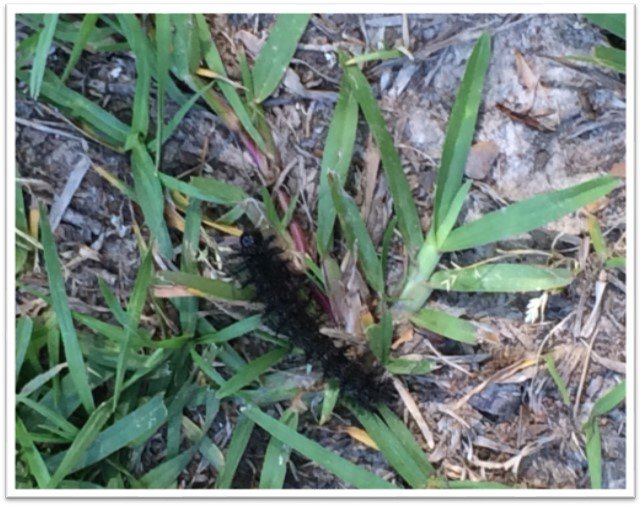
HEAT Leaders Issues Statement After Offshore Oil & Gas Lease Sales Cancelation
May 13, 2022
Cajun Music Preservation Society hosts Cajun Jam in Thibodaux
May 13, 2022You’ve probably heard the old saying, “Leaves of three, let it be.” For those who have spent time in the great outdoors, this is a rite of passage, much like the art of making s’mores.
So, what am I talking about, and why is this important? This information matters for anyone spending time in the garden or in the woods.
The traditional phrase of “leaves of three, let it be” is how most people learn how to identify a common vine in the South called poison ivy. This plant can cause major problems for some gardeners. All parts of the plant have the potential to cause skin irritation in some people. Other folks seem completely unfazed. It is the sap that contains a chemical called urushiol, which causes irritation that can lead to skin redness, swelling, itching and, in severe cases, blisters.
Poison ivy, officially known as Toxicodendron radicans, is a native vine found throughout North America. It grows in both dry woodlands and soggy streambeds, preferring the shaded areas with dappled sun that are common in many home landscapes.
For all its faults, poison ivy does have some redeeming qualities. To begin with, poison ivy has gorgeous fall foliage color that is striking. It also produces fruit, called drupes, that are an important food source for many bird species. Despite the havoc it causes humans, the chemicals do not adversely affect animals. Deer and insects eat the leaves as a good nutrient source.
Be careful with dogs or other pets that spend time in the woods. Although they are not affected by poison ivy, they can carry the irritating oils on their fur. Give them a wash before snuggling if you think they may have come into contact with poison ivy.
Poison ivy is often confused with another native woodland vine called Virginia creeper (Parthenocissus quinquefolia), a member of the grape family. This woody, deciduous vine also can be found climbing on trees or trailing on the forest floor. It grows across the same range of North America as poison ivy.
Unlike poison ivy, which has a leaflet of three, Virginia creeper has a leaflet of five that radiates from the center petiole. These leaves also have a striking fall color much like poison ivy, turning a brilliant red in the fall. They make small, green-white clusters of flowers in the spring and bear a blue-black fruit that is an excellent food sources for birds. The fruit is toxic if ingested by humans. The vine also is the larval host for many species of sphinx moths.
Virginia creeper tolerates a wide range of soil types and is adapted to wet and dry areas. Much like poison ivy, it grows in full sun to part shade. Both vines are heat tolerant.
If you wish to remove these vines, both can be controlled the same way. Cut vines with hand pruners just above the ground, then use a brush to paint a herbicide with the active ingredient triclopyr onto the stem protruding from the ground. The herbicide will be translocated into the root system, and the upper portion of the plant will die after being cut off from the root system. When working with poison ivy, be sure to wear long sleeves and gloves.
Remember the rhyme we use to identify poison ivy? There is an expanded version that can help us differentiate it from Virginia creeper: “Leaves of three, let it be; leaves of five, let it thrive.” Poison ivy leaflets are normally in groups of three, while those of Virginia creeper are in groups of five. Keep this in mind, and be aware when you are out working in the garden or walking in the woods. Both are still important to our woodland ecosystems and have importance for wildlife.
By Heather Kirk-Ballard
LSU AgCenter Horticulturist







